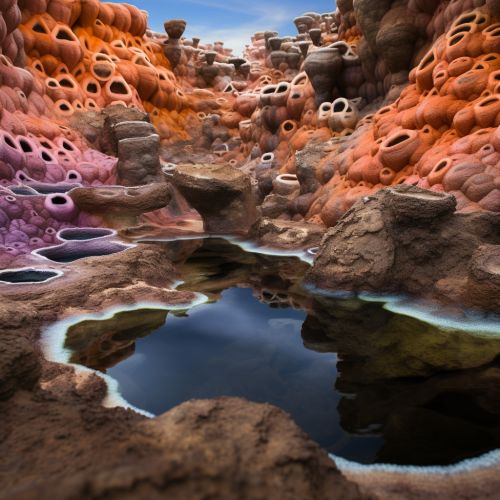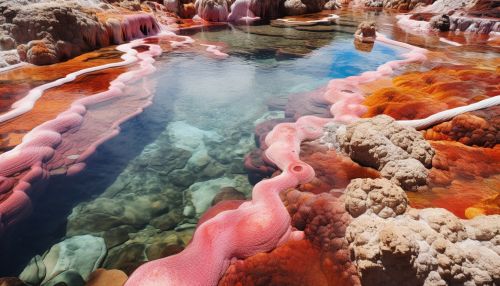Life in Extreme Environments
Introduction
Life in extreme environments, also known as extremophiles, refers to organisms that thrive in environments considered hostile to most known forms of life. These organisms are found in a variety of extreme environments, including deep-sea hydrothermal vents, acidic hot springs, polar ice caps, high-altitude deserts, and the deep subsurface of Earth's crust.
Classification of Extremophiles
Extremophiles are classified based on the extreme conditions they can tolerate. These include thermophiles (heat-loving), psychrophiles (cold-loving), halophiles (salt-loving), acidophiles (acid-loving), alkaliphiles (base-loving), barophiles (pressure-loving), and xerophiles (dryness-loving).


Adaptation Mechanisms
Extremophiles have developed unique adaptations that allow them to survive and thrive in extreme conditions. These adaptations include changes in cellular structure, metabolism, and reproduction.
Cellular Structure
The cellular structure of extremophiles is often adapted to withstand the extreme conditions in which they live. For example, thermophiles have proteins that maintain their structure and function at high temperatures, while psychrophiles have proteins that remain flexible at low temperatures.
Metabolism
Extremophiles have also adapted their metabolic processes to function under extreme conditions. For example, some extremophiles use unusual sources of energy, such as sulfur or methane, instead of sunlight or organic matter.
Reproduction
Reproduction in extremophiles is often adapted to extreme conditions. For example, some extremophiles produce spores that can survive in a dormant state for long periods of time under harsh conditions.
Examples of Extremophiles
There are many examples of extremophiles, each adapted to survive in a specific extreme environment.
Thermophiles
Thermophiles are organisms that can survive at high temperatures, often above 45 degrees Celsius. They are found in hot springs, deep-sea hydrothermal vents, and geysers.
Psychrophiles
Psychrophiles are organisms that can survive at low temperatures, often below 15 degrees Celsius. They are found in polar ice caps and deep-sea environments.
Halophiles
Halophiles are organisms that can survive in high salt concentrations. They are found in salt flats and salt lakes.
Significance of Extremophiles
The study of extremophiles has significant implications for various fields, including astrobiology, biotechnology, and environmental science.
Astrobiology
The existence of extremophiles on Earth suggests that life may be possible in extreme environments on other planets or moons. This has implications for the search for extraterrestrial life.
Biotechnology
Extremophiles produce enzymes that function under extreme conditions. These enzymes have potential applications in biotechnology, including the production of biofuels and pharmaceuticals.
Environmental Science
Extremophiles play important roles in nutrient cycling and energy flow in extreme environments. They also provide insights into the limits of life on Earth.
